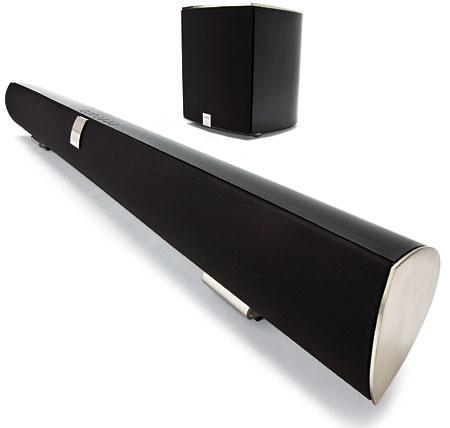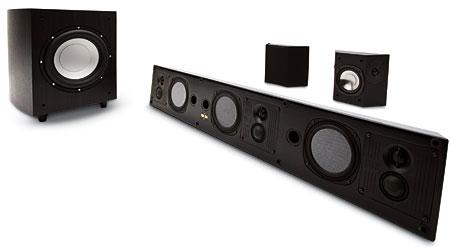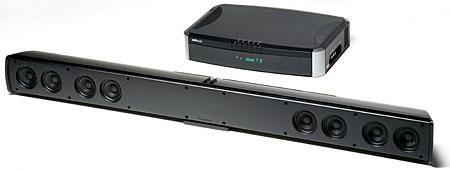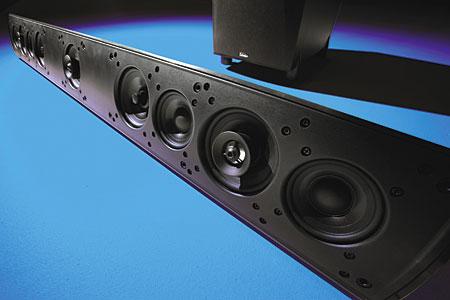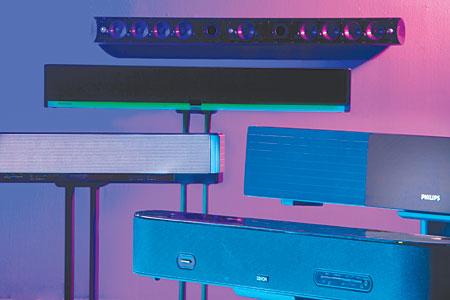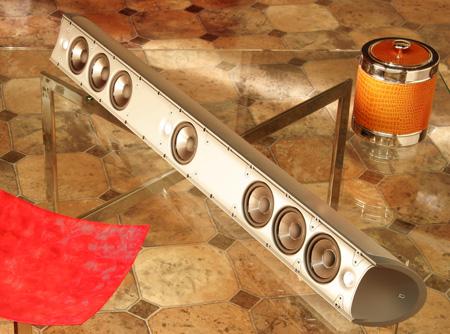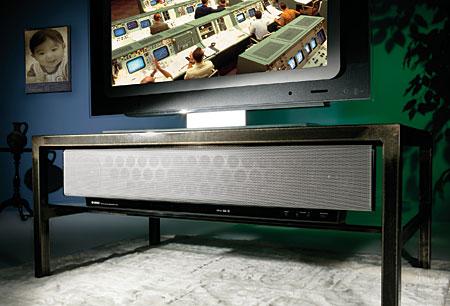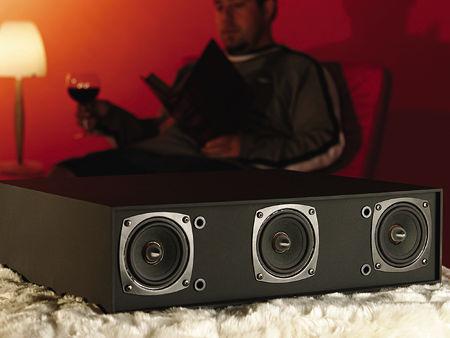Soundbar Reviews
Sort By: Post Date TitlePublish Date
|
Jun 14, 2010
|
Jun 14, 2010
|
Feb 08, 2010
|
Jul 27, 2009
|
Jun 15, 2009
|
Apr 20, 2009
|
Mar 30, 2009
|
Jan 12, 2009
|
Aug 25, 2008
|
Jul 27, 2008
|
May 12, 2008
|
Dec 03, 2007
|
Jan 11, 2006
|
Oct 15, 2005 |
First Published: Oct 30, 2005
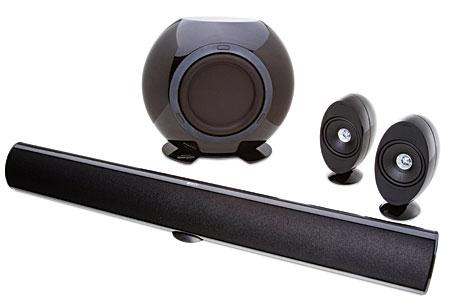
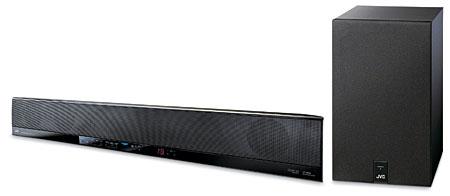

 Price: $1,100 At A Glance: Built-in keyhole brackets • Triple-voice-coil side-firing surround drivers • World’s first seven-channel soundbar
Price: $1,100 At A Glance: Built-in keyhole brackets • Triple-voice-coil side-firing surround drivers • World’s first seven-channel soundbar

